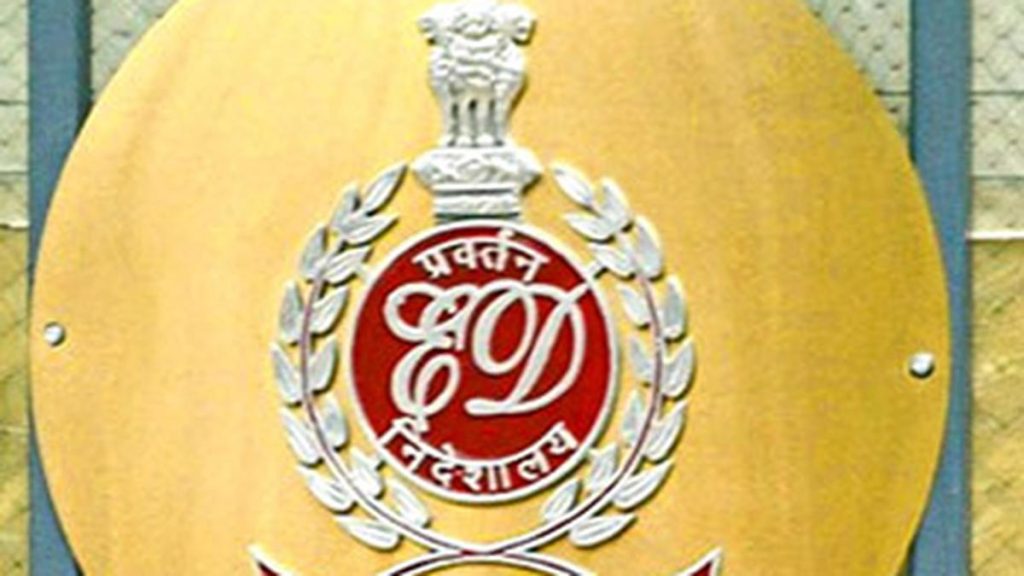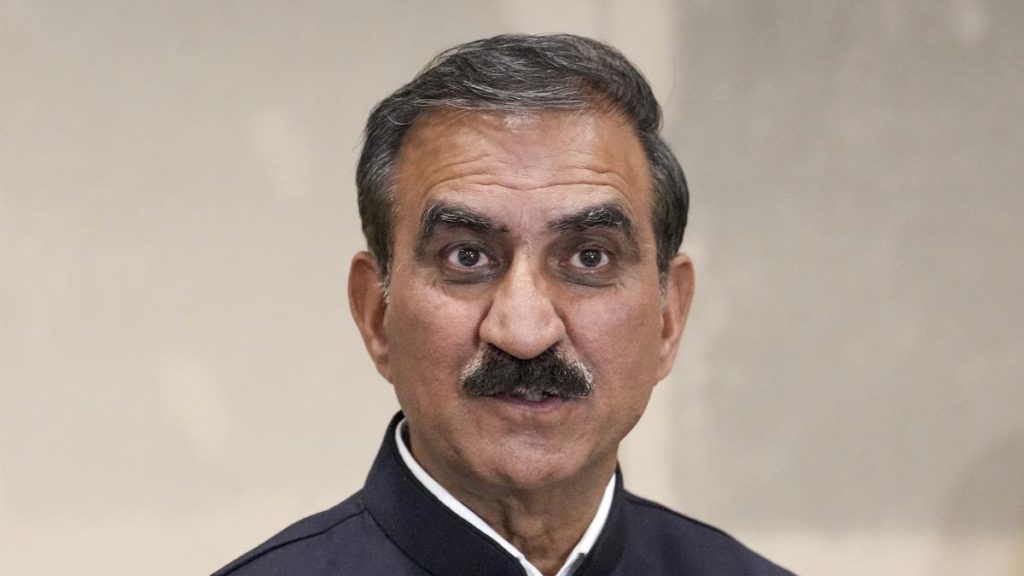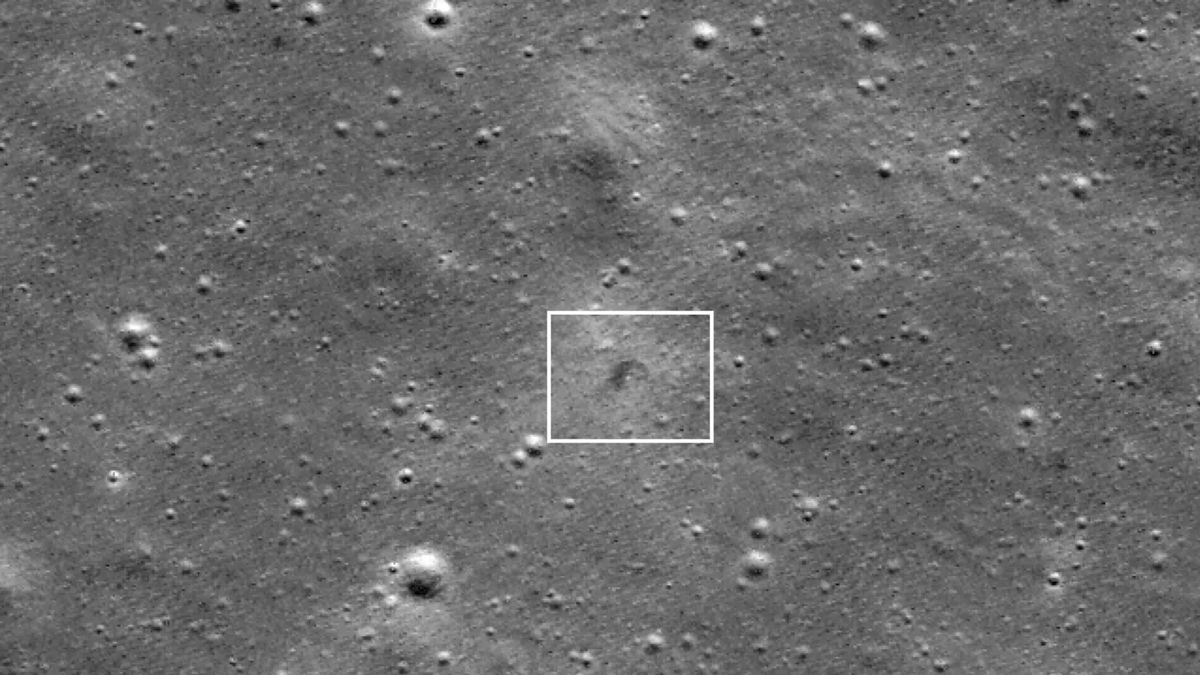Now Reading: New Breathalyzer May Detect Diseases Through Human Breath, Say Scientists
-
01
New Breathalyzer May Detect Diseases Through Human Breath, Say Scientists
New Breathalyzer May Detect Diseases Through Human Breath, Say Scientists

Quick Summary:
- Scientists from the University of Chicago have developed a prototype device called the Airborne Biomarker Localization Engine (ABLE), which can detect disease biomarkers in exhaled human breath.
- The device condenses airborne molecules into concentrated liquid droplets, which are compatible with existing low-cost detection methods such as test strips.
- ABLE costs less than $200 to build, measures 10×20 cm, and collects 1ml of condensate in approximately 10 minutes for analysis.
- Experiments confirmed that ABLE coudl detect glucose levels from breath samples and possible links between glycosphingolipids and inflammation using lab mice models.
- Researchers also demonstrated its ability to collect ambient air pollutants like pollen allergens and aerosolized E. coli, suggesting potential usage beyond medical diagnostics into air quality monitoring.
- Challenges remain due to limited understanding of volatile organic compounds (VOCs) linked to specific diseases; further research is needed to develop a thorough biomarker database for diagnostic applications.
- The team is working on miniaturization for wearable applications and advancing commercialization with clinical collaborations.
!Image: researcher holding prototype
Credit: Bozhi Tian, university of Chicago
!Image: microscopic image showing blue spiky structures
Credit: Pengju Li, University of Chicago
indian Opinion Analysis:
The development of ABLE represents a promising advancement in non-invasive diagnostic technology.for India,such innovations could radically transform healthcare delivery by making early disease detection more accessible-especially vital in rural areas where conventional diagnostics like blood tests are less readily available. Leveraging VOC-based diagnostics may simplify health monitoring but requires robust integration into existing healthcare systems.However, challenges such as creating an exhaustive database linking VOCs to diseases must be addressed before wide-scale deployment. India’s research institutions might consider collaborating internationally or conducting local studies on prevalent conditions to contribute data regarding VOC markers tied specifically to regional health concerns like tuberculosis or diabetes.
Additionally, the low-cost prototype aligns well with India’s push toward affordable medical technology solutions under programs like the National Health Mission. If wearable adaptations become available through commercialization efforts as indicated by researchers’ plans for ABLE’s scaling down, it could help enhance real-time disease management across socio-economic strata while promoting preventive care frameworks within urban pollution-prone cities.

























